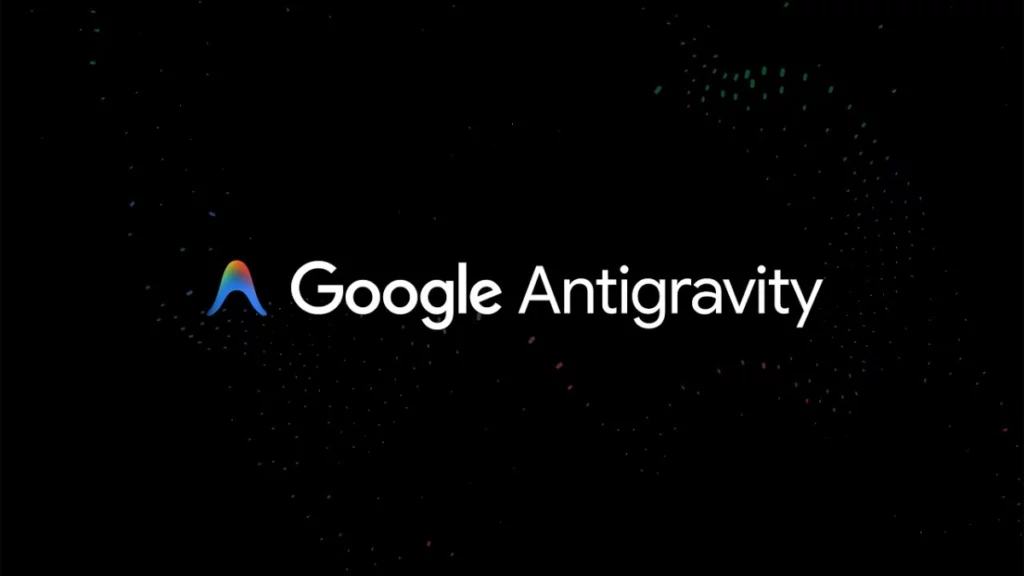
Google Antigravity: Revolutionizing Software Development with Agentic AI
On November 18, 2025, Google launched Antigravity, a groundbreaking agentic development platform designed to transform the way developers build, test, and verify software. Powered by Google’s latest AI model Gemini 3, Antigravity is positioned as an evolution of the traditional IDE into an agent-first environment, where intelligent agents autonomously plan, execute, and validate complex software tasks on behalf of developers.
A New Paradigm in Development: Agent-First Architecture
Antigravity elevates AI from being a mere assistant to a dedicated partner in coding. Unlike traditional IDEs that offer autocomplete and code suggestions, Antigravity integrates agents as first-class workers with direct access to critical tool surfaces including the editor, terminal, and browser. This enables agents to work autonomously, coordinating complex tasks that span coding, debugging, and even browser-driven interactions such as visual verification and quality assurance.
Developers can focus at a higher abstraction level—managing tasks and workflows—while the platform handles low-level execution details. This shift promises significant productivity gains and enables truly end-to-end agentic development workflows.
Core Design Tenets Driving Antigravity
Google has built Antigravity around four foundational principles that set it apart:
- Trust: Agents produce “Artifacts,” human-readable artifacts like task lists, implementation plans, screenshots, walkthrough documents, and browser recordings. These summaries replace overwhelming raw logs and let developers verify work at a task level, addressing the transparency challenges of many AI tools.
- Autonomy: Agents are granted full control of multiple surfaces to independently run workflows without constant human intervention. This autonomy allows handling more complex, multi-step software projects where agents can break down tasks and coordinate across workspaces.
- Feedback: Antigravity supports asynchronous, interactive feedback enabling developers to annotate text artifacts, screenshots, and recordings with Google Docs-style comments. Agents can incorporate this feedback mid-execution, reducing the need to restart tasks and enabling smooth collaboration.
- Self-Improvement: The platform includes a knowledge feature where agents learn from past project snippets and sequences. Over time, this internal playbook helps agents reuse successful strategies, improving efficiency on new tasks through persistent learning.
Dual User Interfaces for Different Workflows
Antigravity offers two main views optimized for distinct interaction modes:
- Editor View: A traditional IDE look with AI agent side panels, offering tab autocompletion, natural language code commands, and hands-on coding support for developers who want an immersive coding experience enhanced by AI.
- Manager View: A “mission control” interface for orchestrating multiple agents across various workspaces asynchronously. This view serves as a command center to monitor, redirect, and manage agent workloads, boosting multitasking and coordination.
Agent Capabilities and Runtime
Under the hood, Antigravity operates as an Electron application built on Visual Studio Code, available for Windows, macOS, and Linux. It incorporates multiple foundation models including Gemini 3, Anthropic Claude Sonnet 4.5, and OpenAI GPT-OSS—offering developers flexibility to choose or combine models within the same IDE environment.
Agents can autonomously plan code implementation, execute commands in editors and terminals, and even control browsers to simulate user interactions, run automated tests, and visually verify UI components. This holistic control marks a significant step forward in AI-assisted software engineering.
Real-World Application Example
Google showcased Antigravity in action by using Gemini 3 to drive an end-to-end agentic workflow on a flight tracking app. The agent independently planned the application architecture, coded components, and validated its execution through browser-based controls—all without human intervention mid-task. This demonstrates Antigravity’s potential to streamline complex software projects from start to finish.
Availability and Pricing
Google Antigravity is available now in a free public preview requiring a Google account login. Usage of Gemini 3 Pro within Antigravity is subject to generous rate limits that refresh every five hours, and Google expects that only power users might approach these limits. With no cost to individual developers at this stage, Antigravity aims to attract a broad range of users eager to embrace agentic development workflows.
Google Antigravity redefines the software development landscape by marrying powerful AI models with a collaborative, transparent IDE experience. Its agent-first architecture empowers developers to delegate complex tasks proactively, verify AI work through meaningful artifacts, and interact with agents through rich feedback loops. As AI-driven development grows, platforms like Antigravity will be central to boosting developer productivity and quality in the increasingly complex world of software engineering.
This new platform sets the stage for a future where software development is a partnership between human creativity and autonomous AI agents working seamlessly together.
To Know more : Google Antigravity
Follow us for more Updates





